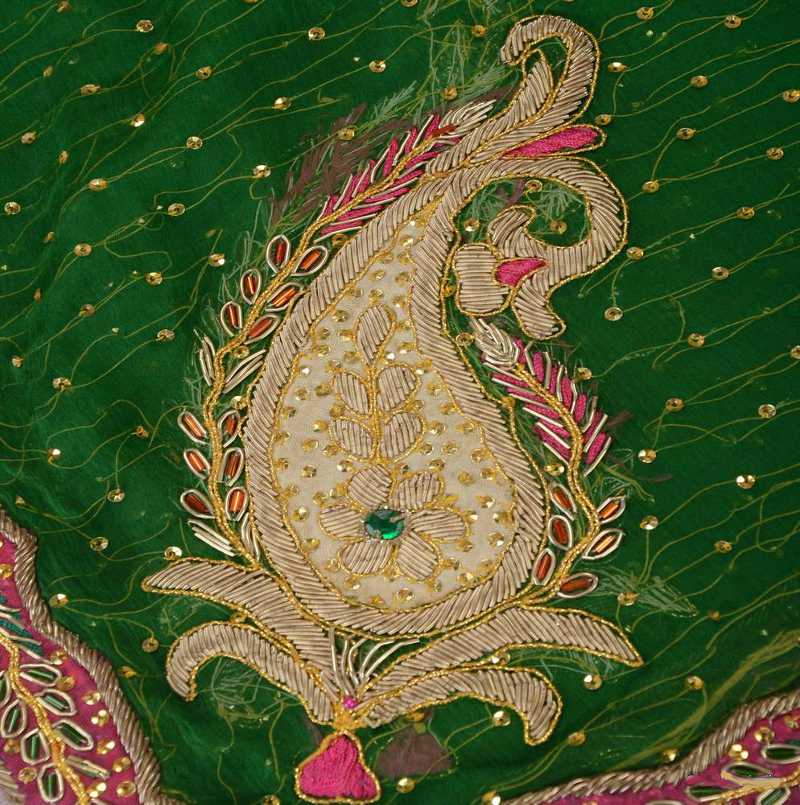===
0276,
2
===

=== |
 |
girah : 'A knot; knob; node; a joint, knuckle; an articulation; a division (one-sixteenth) of a gaz or yard, three finger-breadths; a purse'. (Platts p.906)
FWP:
SETS == KYA; PARALLELISM
MOTIFS
NAMES
TERMS == INSHA'IYAH; 'MEANING-CREATION'; THEME; WORDPLAYSRF quite rightly reads the verse with an implied, but colloquially omitted, kyaa at the beginning of each line.
This verse indeed seems to have no real theme, as SRF observes. (Though perhaps something could be made of the way the sun evaporates dew.) But another thing about it bothers me more. I can't help but mentally link the round, red, bright sun of dawn in the first line, to the round, red (with bloody tears), bright (with fiery tears) eyeball in the second line. And in that case, why in the world would the 'dew' have or maintain such an eye? Moreover, why would the dew have a 'purse' (with or without an eyeball in it) in the first place? But of course SRF doesn't go in this direction, he emphasizes the insha'iyah structure of the lines (and their parallelism), and above all the extensive network of wordplay. Still, I just don't care much for the verse.